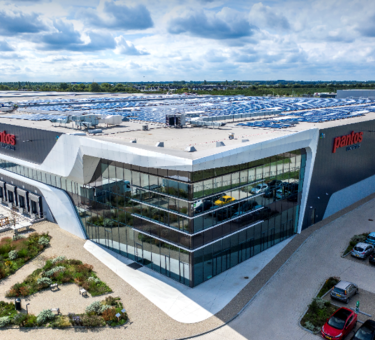Prologis’ last paper explored the structural trends driving demand for prime logistics space. Given that demand will remain strong in the foreseeable future, this report now turns to the implications for new supply. The transformation of logistics real estate development has followed a compelling trajectory. Clear insight into the structural forces that shape supply trends allows customers to better navigate scarcity and prepare for demand-side shifts.
Prologis expects completions to fall short of demand in most locations over the next decade. Changes that will continue to impact new supply include:
- Significant barriers to new supply are pushing it farther from existing supply. These barriers include:
- Geographic – land that can accommodate future-proofed buildings is scarce, particularly in the largest consumption centers.
- Economic – replacement costs continue to trend upward as urbanization drives competition among real estate providers.
- Political – the permitting and entitlement process is more difficult, expensive and time-consuming than ever, increasing cost and decreasing potential supply.
- Building requirements are increasing. Today’s buildings can advance operational efficiency through location, functionality and sustainability. While location is paramount, the latest labor- and technology-friendly features can support productivity but also increase construction costs. New restrictions and regulations are adding risk to development in some locations. Buildings that incorporate sustainability features can help users and owners adapt to regulatory shifts. At the same time, obsolescence effectively reduces the amount of competitive supply and drives the need for development of replacement facilities.
- Differentiation among properties is widening. Together, these trends have reduced user’s price sensitivity for buildings that are well-located or which incorporate the latest building design features, leading rents higher. Demand-side shifts should extend this trend as:
- Growing e-fulfilment and rapid replenishment needs elevate demand close to urban cores, where logistics real estate is increasingly scarce.
- The evolution of future-proofed buildings limits new supply as construction costs escalate and obsolescence adds to demand for Class A space.
Discover the Prologis Customer Experience Team, the new standard in customer service
Prologis Fokker Logistics Park Welcomes AgTech Company SMARTKAS
